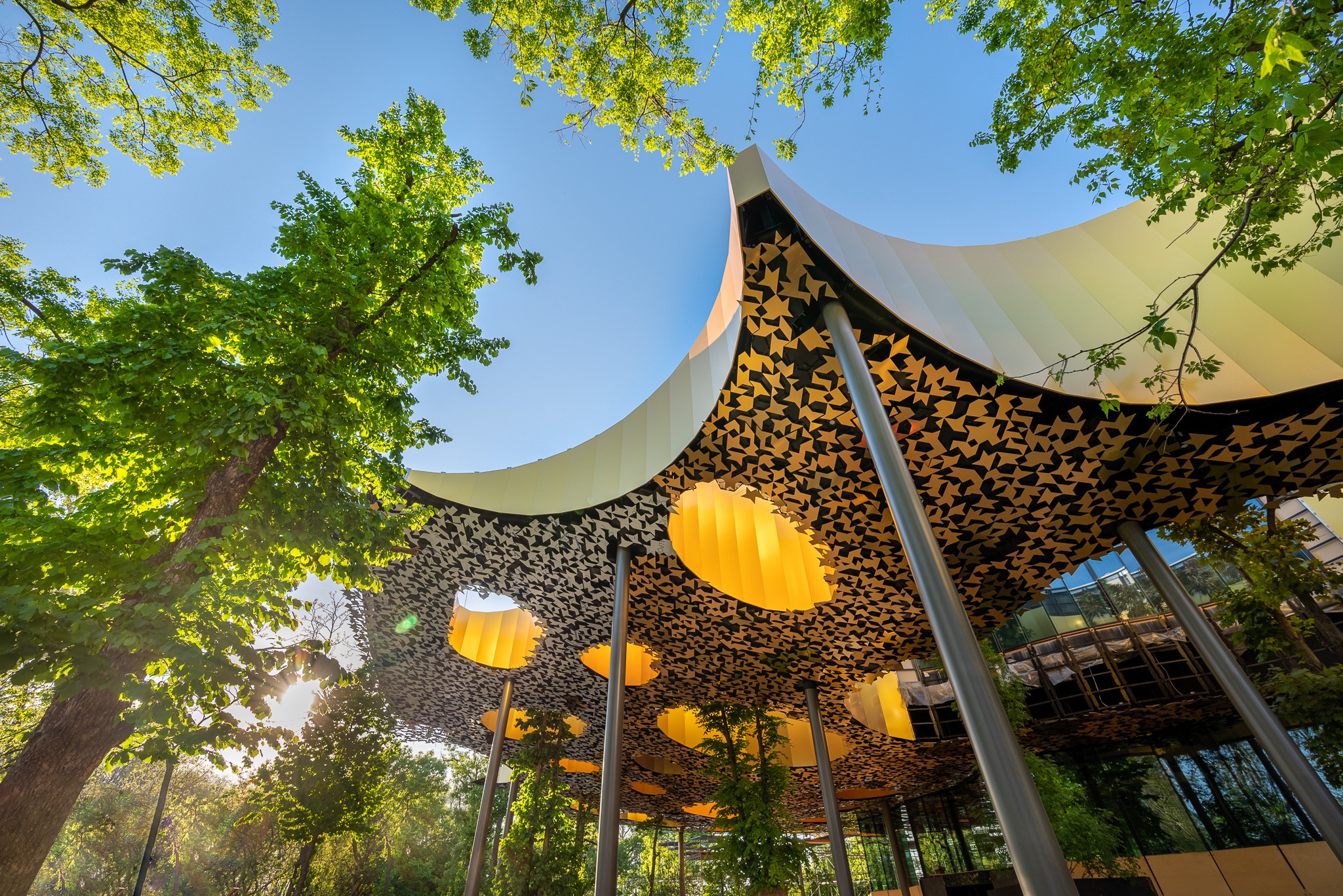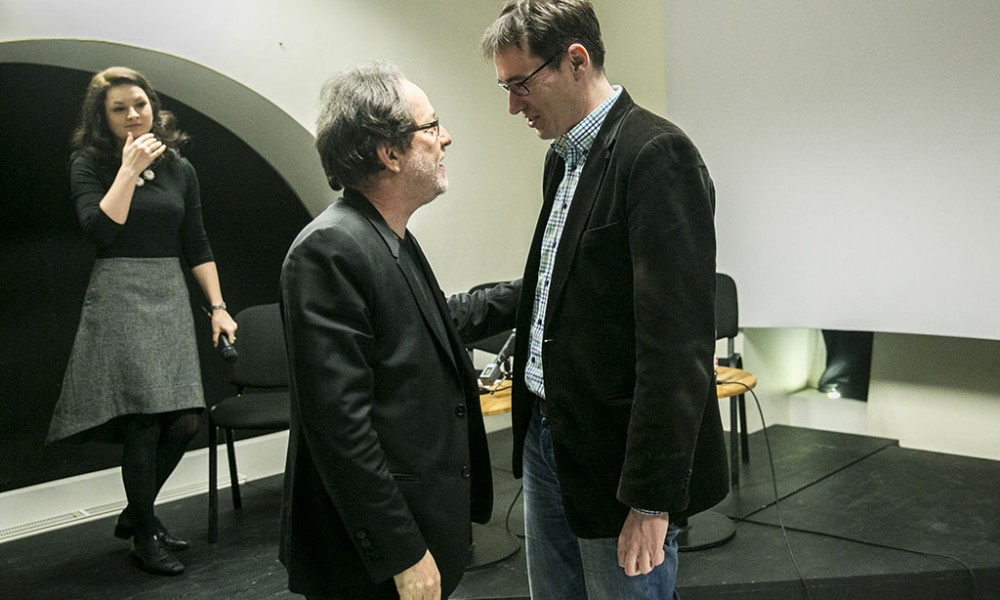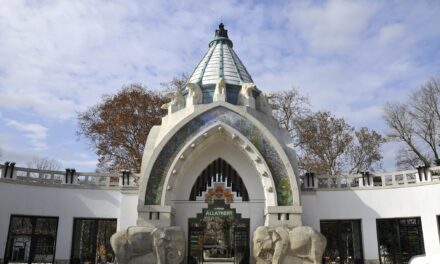The situation is that the capital's management is fully aware of the state of the City Park, so we also see that extensive areas of the City Park are still cordoned off as construction areas, despite the fact that it has now become clear that due to a lack of funds, construction cannot be expected to begin for several years
– the City Hall responded to our question about the heritage protection of the City Park. As they wrote in their reply letter, the declaration of the City Park as a protected historical garden is relevant precisely in order to finally eliminate this unfavorable situation.
Interestingly, however, they do not mention the fact that in the past three and a half years, everything was done to prevent the construction of the new National Gallery on the site of the demolished Petőfi Hall, the Városliget Theater by removing the concrete slab on the corner of Dózsa György út, and the more handed over 120 years ago, II. Complete reconstruction of the Transportation Museum, partially restored, spliced and patched, and then demolished after the Second World War.They didn't even say that there have been buildings on these city park properties along the traffic routes since time immemorial, without harming the park's usability, and most importantly, they haven't indicated which historical era they would like to see a constantly changing public park in.
A few days ago, László Baán, ministerial commissioner of the Liget project, made a statement to the Magyar Nemzet, explaining that the City Park does not have a "real" historical status that could be protected. As he detailed, the group of valuable elements realized in successive historical periods gives the historical ensemble of the Városliget to be preserved in the 19th century. from the 21st century century, from the oldest sycamores to the hundreds of trees and tens of thousands of shrubs planted in the past few years, from the zoo and the artificial ice rink to the Vajdahunyad Castle to the House of Hungarian Music and the grand amphitheater.

House of Hungarian Music/Source: Ligetplusz.hu
László Baán emphasized that the mayor's initiative, in which he asks the government to declare the City Park a so-called historical garden, is, in his hopes, about what many of the hundreds of thousands of satisfied park visitors experience every day with joy,
the mayor is slowly beginning to recognize and recognize the results of the ten-year-old Liget project, which restores the old glory of the Városliget, preserves its values, and at the same time brings it into the 21st century. its parts renovated in a 19th-century style, including the significantly expanded and beautifully renovated green areas of more than a quarter of a million square meters.The ministerial commissioner of the Liget Budapest project previously also told our newspaper that for many years, the biggest environmental burden on the park has been the 10-15 thousand car traffic passing through the Károly Károly Promenade. According to him, the capital could decide to close the Károly Károly Promenade to traffic at any time, even at the next general meeting. In this regard, the City Hall responded as follows:
In relation to the Károly Kós Promenade, we would like to draw the Commissioner's attention to the fact that the Metropolitan Public Development Council has designated the overpass planned between King Lajos Nagy út and Szegedi út as a substitute route for the Károly Kós Promenade. It gives some hope that the project was moved from the "To be discussed" status on János Lázár's list to the investments to be continued, so that the future traffic reduction of the Károly Kós promenade is not completely impossible.
At the same time, it is worth reviving that Gergely Karácsony has been opposing the Liget project for a long time. The left-liberal city manager previously even encouraged civil disobedience when he said:
"I consider myself an extremely peaceful person, but if construction starts with an illegal permit, then if necessary, I will protect the City Park with my own body, and I will encourage all Budapest residents to do so."Aiming at the rebuilt House of Hungarian Music, the mayor said:
The XXI. building in a park in the 20th century is like peeing in the holy water tank in a church, which might fit in, but it just destroys what we are there for.
Peeing into a holy water container is a Christmas analogy. It fits!
Source: Hungarian Nation
Featured image: Gyula Péter Horváth/PestiSrácok.hu













